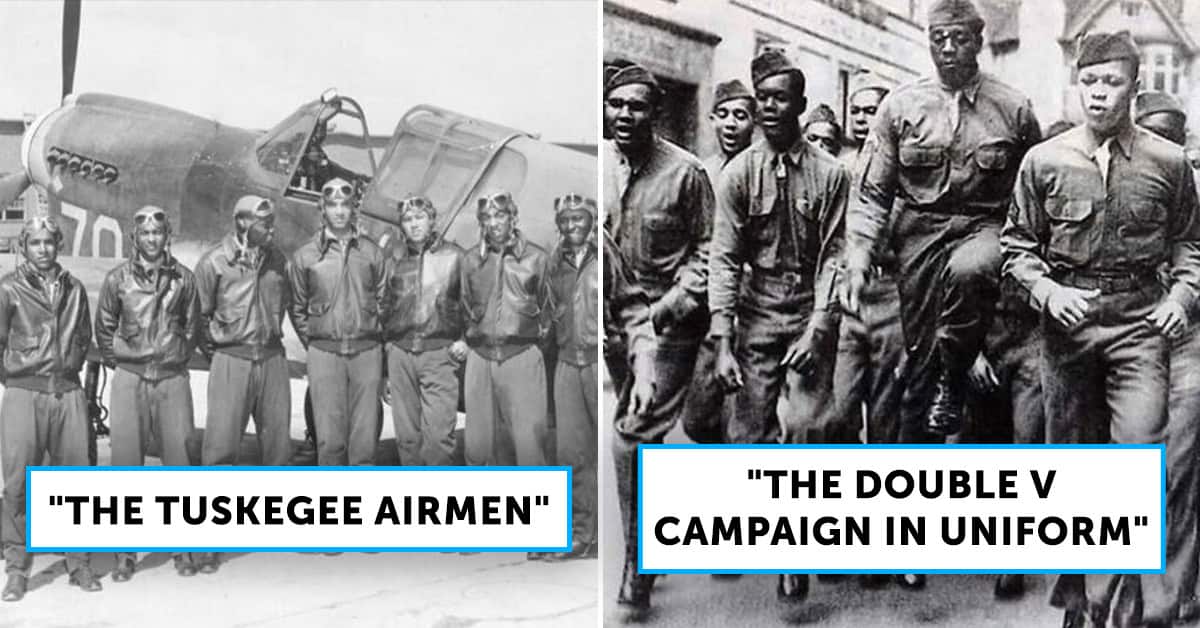25 Fascinating Facts About African American Military History
I’ve always been interested in history, but like many people, I grew up with a version that left out a lot. The role African Americans played in military history was barely mentioned at all.
When I started learning more on my own, I was blown away. The stories are powerful, but the accomplishments are just as striking. Black servicemembers fought in every major war, rose through the ranks, and helped reshape the military in ways that still matter today.
It’s the kind of history that stays with you, reminding you of how much more there’s to learn.
1. “World War II”
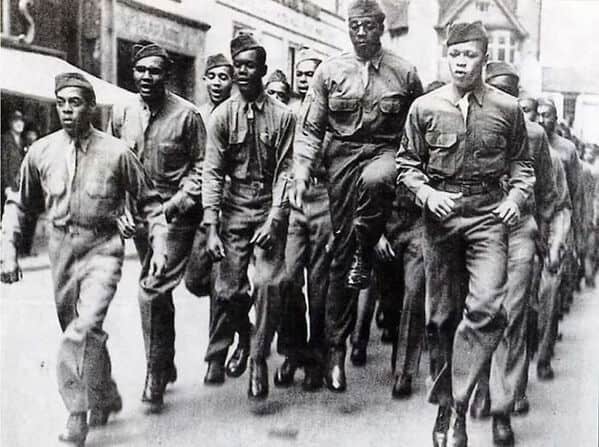
“Despite their service during World War II, African Americans still faced discrimination both in the United States and on the front lines. In 1942, this sparked a national effort known as the Double V campaign.
Led by the largest African American newspaper, the Pittsburgh Courier, the movement aimed to support the war while advocating for the rights of African Americans.
It promoted the idea of a double victory: one against fascism abroad, and the other over racism at home.”
2. “The Vietnam War”
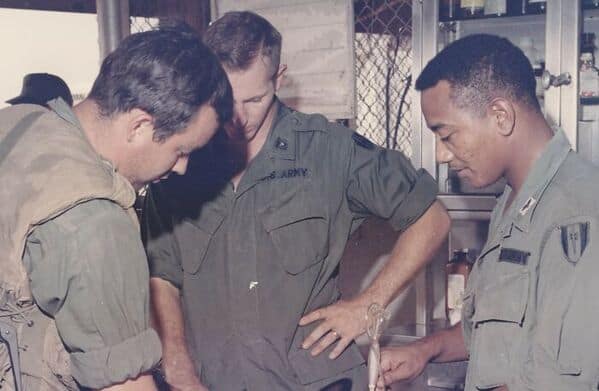
“Although only 12% of the United States population at the time, over 300,000 African Americans served in the Vietnam War. They made up 16.3% of the armed forces, up to 25% of enlisted men in the Army, and just 2% of officers across all branches. As a result, casualties among African American troops were disproportionately higher.
Following civil rights protests in the late 60s, reforms addressing both this disparity and the ongoing discrimination faced by African American troops were implemented.”
3. “The Second Italo-Abyssinian War”
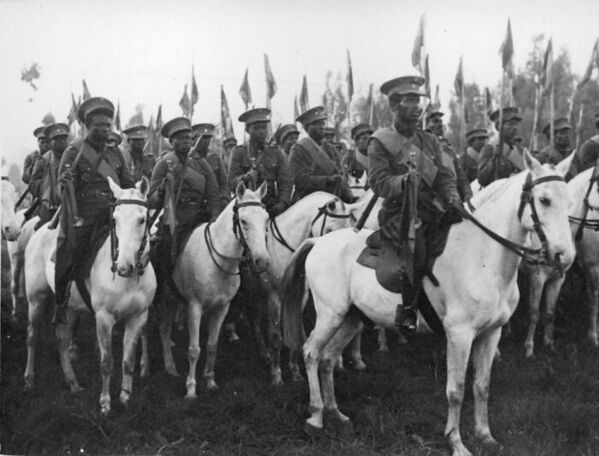
“When Italy invaded Ethiopia in 1935, African Americans rallied to support the embattled country. Country-wide, African Americans raised money for medical supplies, and thousands even volunteered to fight for the African country.
However, due to the government’s desire to stay neutral in the conflict, most of these volunteers were barred from leaving the United States. Notably, African American aviator and activist John C. Robinson managed to make his way to Ethiopia. Robinson helped train pilots for Ethiopia’s new air force and was soon appointed as its commander.”
4. “The Montford Point Marine Association”
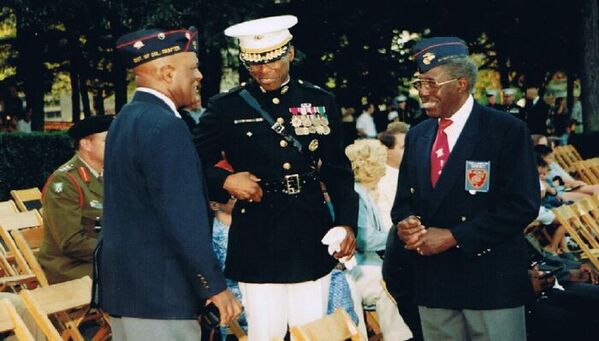
“The first African Americans to train as Marines did so at Camp Montford Point in Jacksonville, North Carolina, from 1941 to 1949.
During those years, over 20,000 men were trained at the camp. In 1965, a nonprofit military veterans’ organization known as the Montford Point Marine Association was established to commemorate their legacy.
Open to all veterans and active members of the US Armed Forces, it supports educational assistance programs, veterans programs, and community services.”
5. “The Tuskegee Airmen”
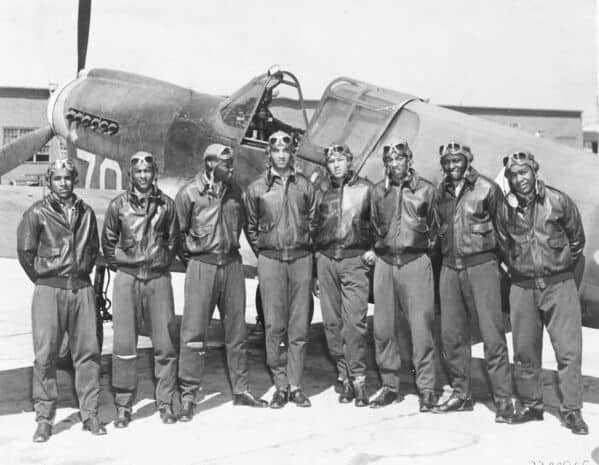
“The Tuskegee Airmen were an African American air combat unit of the United States Army Air Forces. As part of the 332nd Fighter Group and the 477th Bombardment Group, they flew 1,578 combat missions and destroyed 112 enemy aircraft during World War II.
Never having lost a single bomber to enemy fighters, the Tuskegee Airmen had a perfect protection record. This remarkable achievement was unmatched by any other escort group.”
6. “The Gulf War”
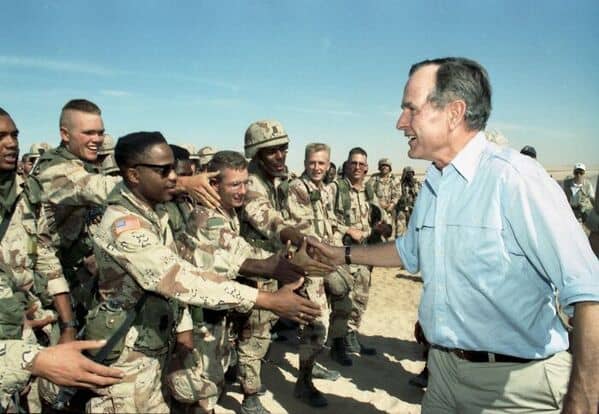
“During Operation Desert Storm, also known as the Persian Gulf War, African Americans served in disproportionately higher numbers. They accounted for 25% of all American Forces and up to 30% of the Army. Additionally, 40% of all female troops were African American. The operation was also overseen by Four-star general Colin Powell, who was the first African American to hold the highest military position in the Department of Defense as chairman of the Joint Chiefs of Staff.”
7. “The Philippine-American War”
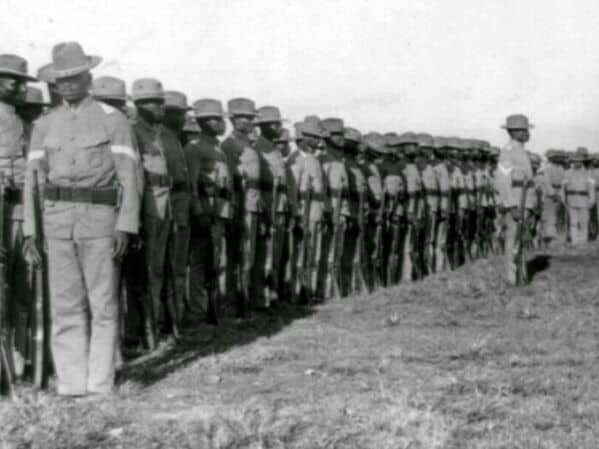
“During the Philippine-American War, approximately 6000 African Americans, including 2,100 Buffalo soldiers, were deployed to the Philippines to stop the insurrection. However, due to discrimination, around 30 Buffalo soldiers deserted the U.S. Army, and up to 15 defected, joining the Filipino nationalist movement.
Among them was Private David Fagen, who became a skilled guerrilla leader and captain in the Philippine Revolution Army. Considered a traitor, Fagen’s capture carried a substantial reward and developed into an obsession for both the U.S. military and the American public.”
8. “World War I”
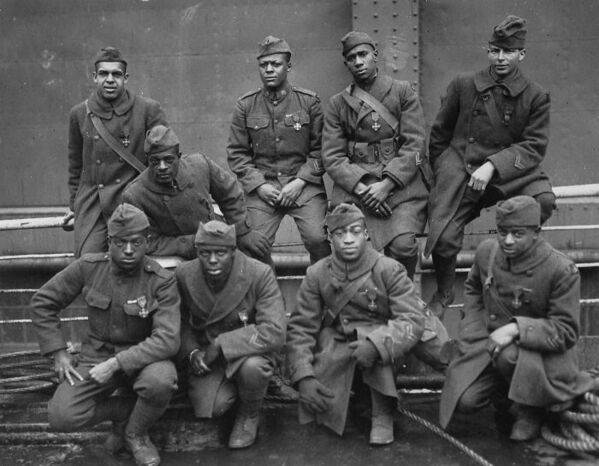
“Roughly 367,000 African Americans served in World War I. 40,000 were placed in segregated 92nd and 93rd combat divisions, while the rest were assigned to support battalions. During their time in France, the 92nd Division was shunned by leadership and kept behind the front lines. The 93rd Division, however, was allowed to fight for the French Army and earned recognition for stellar combat performance.
Two of its soldiers became the first Americans to receive the Croix de Guerre, a French military award for gallantry in battle.”
9. “The Spanish Civil War”
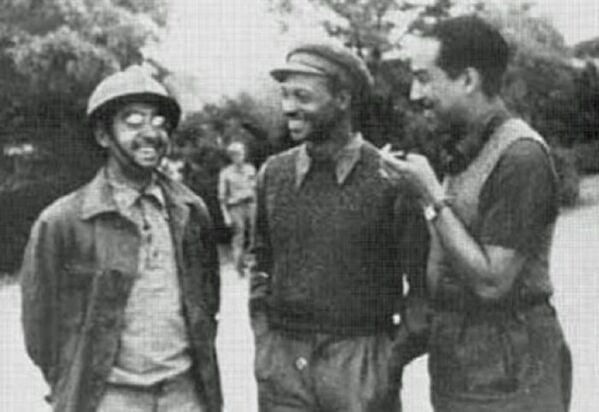
“During the Spanish Civil War, approximately 85 African American soldiers went to Spain to fight alongside the Republican side. They joined about 2,800 volunteers who were part of the Lincoln Brigade commanded by an African American officer. The brigade was fully integrated without segregation, and all troops fought against the rise of fascism and in defense of civil rights.”
10. “Daniel James Jr.”
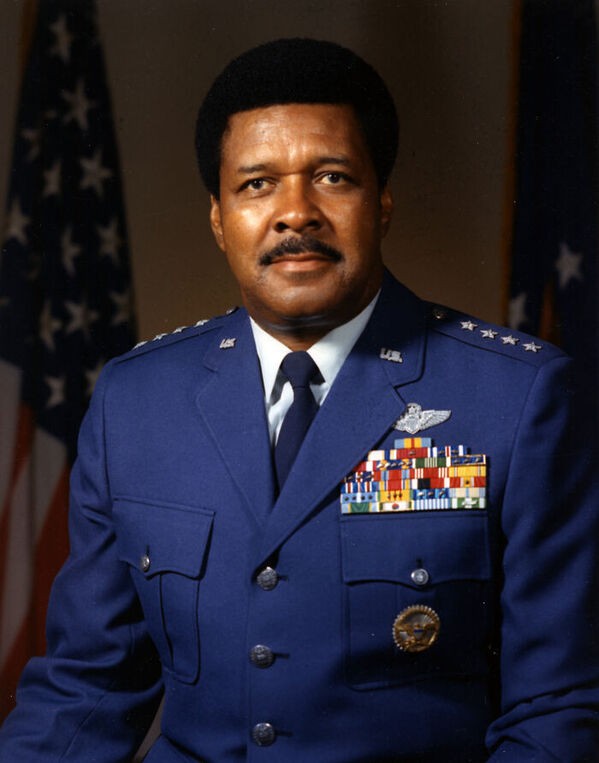
“Born February 11, 1920, and laid to rest on February 25, 1978, Daniel “Chappie” James Jr. was an African American fighter pilot in the U.S. Air Force. In 1975, James Jr became the first African American to reach the rank of four-star general in the United States Armed Forces. However, just three years later, heart issues forced him into early retirement.”
11. “The Indian Wars”
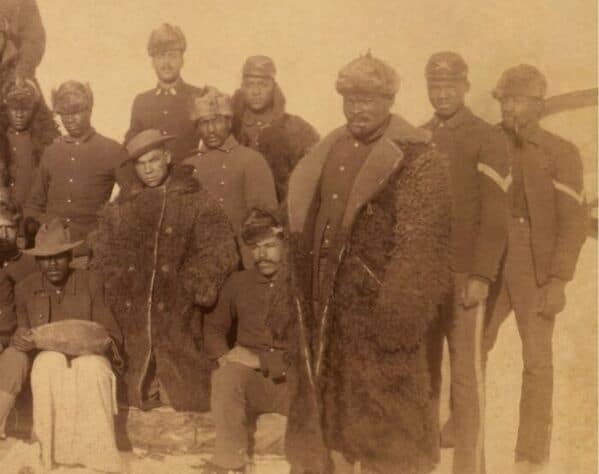
“Between 1866 and 1861, approximately 12,500 African American soldiers fought in the Indian Wars. They were part of a force that protected American settlers and opened the frontier for westward expansion. The African American troops from the 9th and 10th cavalry and the 24th and 25th infantry formed the Buffalo Soldiers and fought valiantly against Native American warriors such as Geronimo.”
12. “Servitude In The Early US Army”
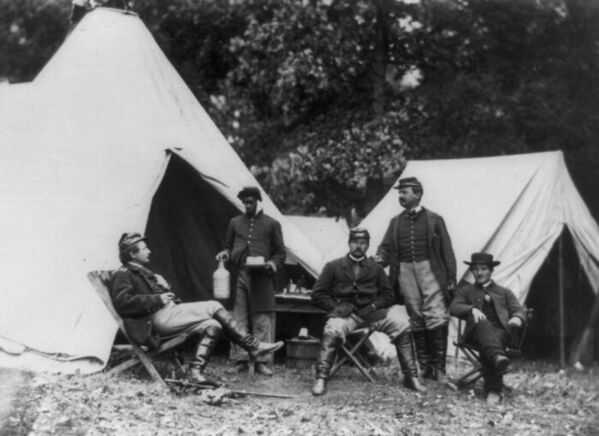
“In 1814, officers were permitted to use military funds to cover the costs of private servants, leading them to bring African American slaves on as servants at the military’s expense.
However, late 18th-century US legislation finally put a stop to the practice. This was after it was discovered that certain officers were attempting to enlist their personal slaves.”
13. “General William E. Ward”
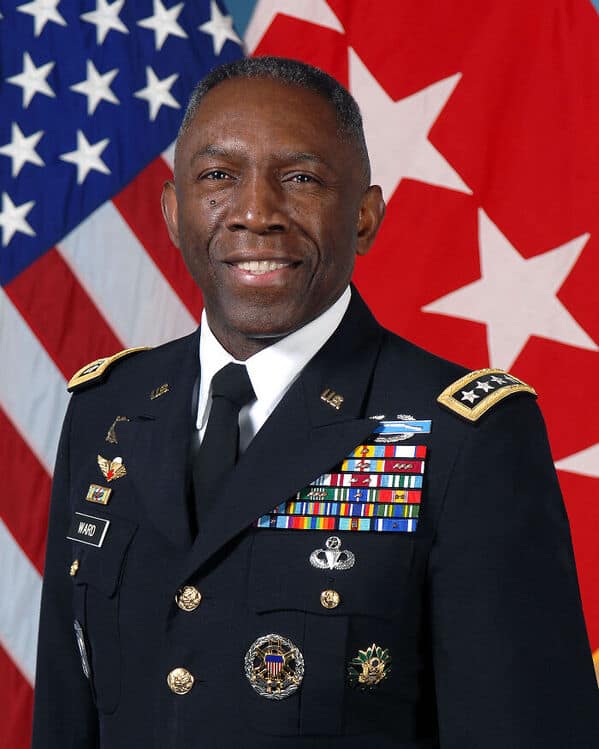
“General William E. Ward was Commander of the U.S. Africa Command (AFRICOM), headquartered in Stuttgart, Germany, from 2007 to 2011. Prior to this, he served as the Deputy Commanding General and Chief of Staff of the U.S. Army, Europe and the Seventh Army. During that time, Ward was also selected by the Secretary of State to serve as the United States Security Coordinator, Israel-Palestinian Authority. His military service included tours in six countries as well as several assignments in the U.S.”
14. “The Korean War”
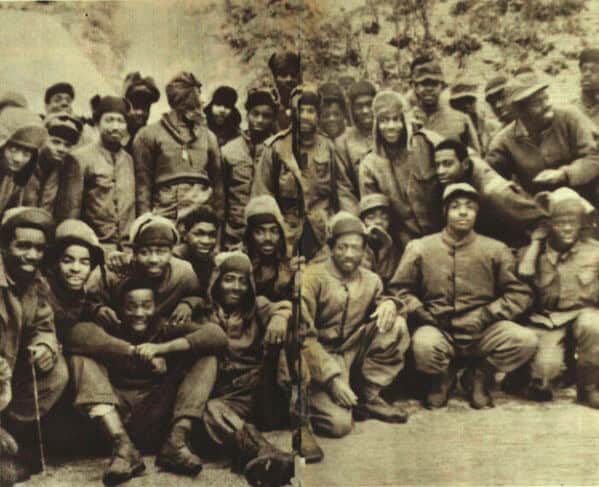
“When North Korea invaded South Korea in 1950, approximately 600,000 African Americans served in the United States’ armed forces. As part of a now desegregated task force, African American troops fought valiantly and suffered 5,000 casualties in combat. Many were recognized for their gallant efforts, receiving awards such as the Distinguished Service Cross, Silver Star, and Bronze Star.”
15. “General Colin Powell”
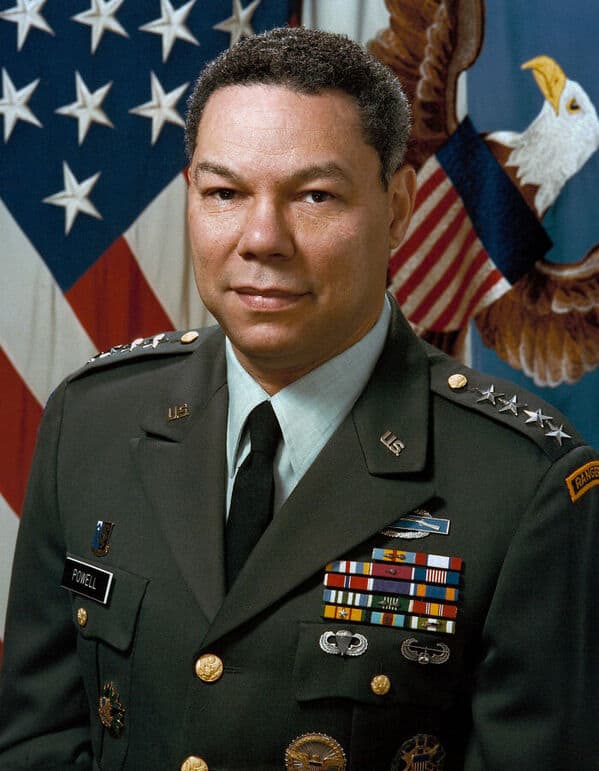
“Four-star Army General Colin Luther Powell was appointed to the position of Chairman of the Joint Chiefs of Staff in 1989 by President George H. W. Bush. Through the appointment, Powell became the highest-ranking officer in the United States military and the first African American to hold the position. Between 2001 and 2005, he also served as United States Secretary of State, becoming the first African American to hold that office.”
16. “The Revolutionary War”
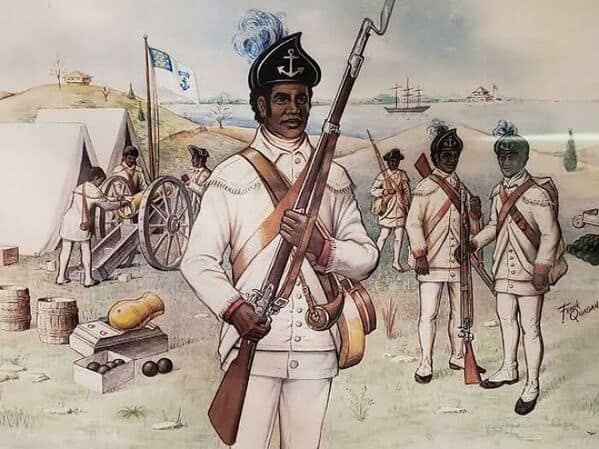
“Despite growing racial restrictions, both free and enslaved African American men served in local militias throughout early colonial America. Notably, during King Philip’s War between 1675 and 1678, African American militiamen defended New England settlements against Native American attacks. While colonial records show that they got the same rations and powder allotments as their counterparts, they rarely received equal recognition.”
17. “The War Of 1812”
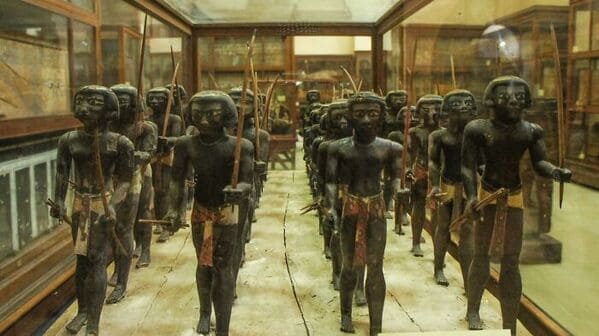
“African Americans made up approximately 25% of the force in the US naval squadrons. They fought in the Battle of Lake Erie during the War of 1812, and with a critical shortage of manpower in the Navy, no limitations were placed on their enlistment at the time. After making a public announcement inviting those who wished to emigrate to join them, the British convinced some African American troops to serve in their army instead.”
18. “Mexican-American War”
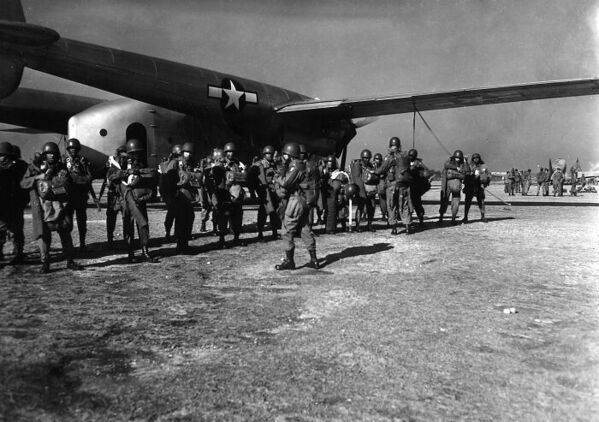
“A portion of the US Army in the Mexican-American War was made up of African American servants of officers.
While they were not included as actual soldiers, some joined the fighting and became known as ‘Black Toms,’ and others even escaped to Mexico.
When the US Army discovered them, they would take them back into the army, claiming they were stolen property.”
19. “African American Sailors”
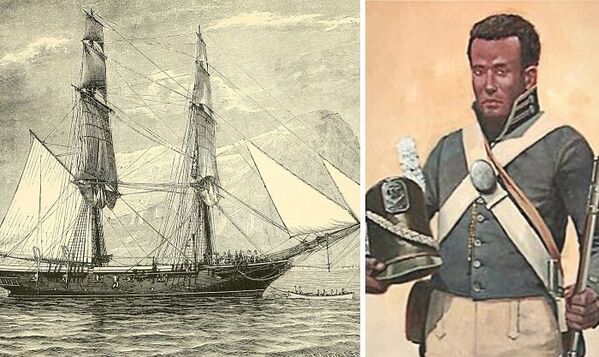
“During the War of 1812, the early US Navy was made up of approximately 15-20% African American sailors.
While racial segregation was standard everywhere else, they typically served in integrated crews, albeit in lower-ranking positions.
At the battle of Lake Erie, where Commodore Oliver Hazard Perry secured a signal victory over a British squadron, more than 25% of the sailors were African American.”
20. “Ronald L. Green”
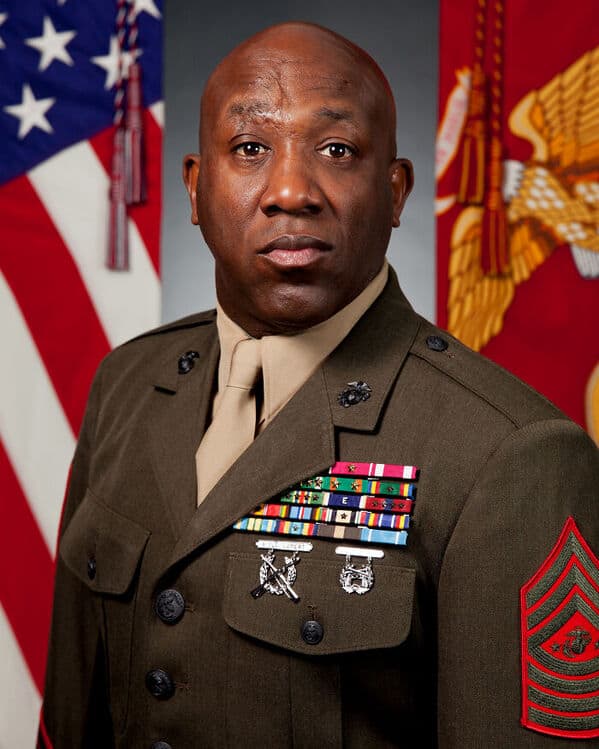
“Ronald L. Green is a United States Marine who was the longest-serving Sergeant Major of the Marine Corps, serving four years and five months until his retirement in 2019.
He was the highest-ranking non-commissioned officer in the United States Marine Corps after succeeding Micheal Barrett in 2015.
Green had many duties throughout his career and was commendably promoted to the ranks of Private First Class, Lance Corporal, Corporal, Sergeant, and Staff Sergeant.”
21. “The 761st Tank Battalion”
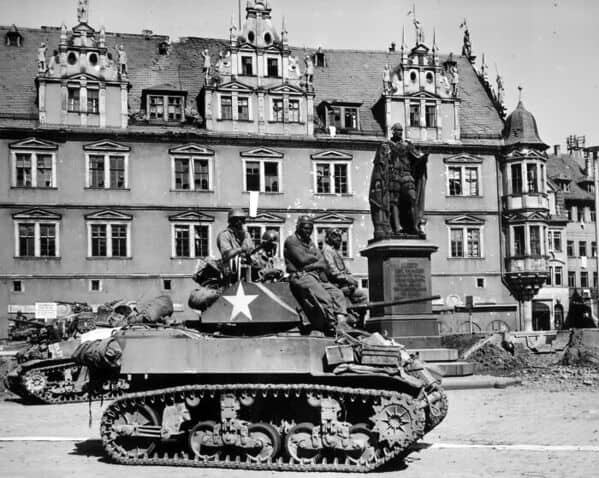
“During World War II, the 761st Tank Battalion was an independent U.S. Army tank battalion consisting primarily of African American soldiers.
Known as the ‘Black Panthers’ after their distinctive unit insignia, they spent 183 days in combat, liberating 30 towns on their crusade into Germany. Decades after the war, the battalion was honored with a Presidential Unit Citation for extraordinary heroism.
The unit’s members also received medals, including one Medal of Honor, eleven Silver Stars, and 300 Purple Hearts.”
22. “The American Civil War”
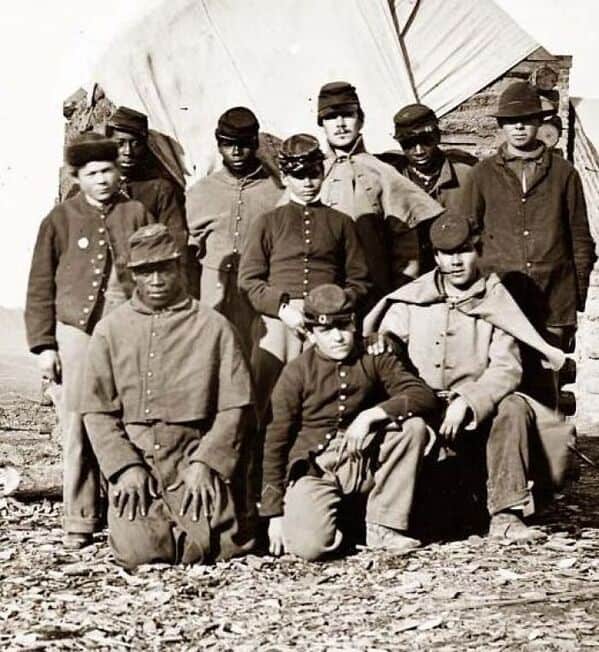
“After the issuance of the Emancipation Proclamation by Abraham Lincoln in 1862, the Civil War officially became the war to end slavery. African American leaders like Frederick Douglass recruited over 186,000 African American men into the Union Army. Despite facing hostility and having insufficient resources, they fought valiantly, and nearly four million slaves were freed.”
23. “Charles Q. Brown”

“In 2020, when Charles Q. Brown was appointed as the 22nd Chief of Staff of the U.S. Air Force, he made history as the first African American to lead a military branch within the Armed Forces. Brown also became the nation’s highest-ranking officer and principal military advisor to the President when he was appointed as the 21st Chairman of the Joint Chiefs of Staff in 2023.”
24. “Growth In Military Presence Between 1815 And 1840”
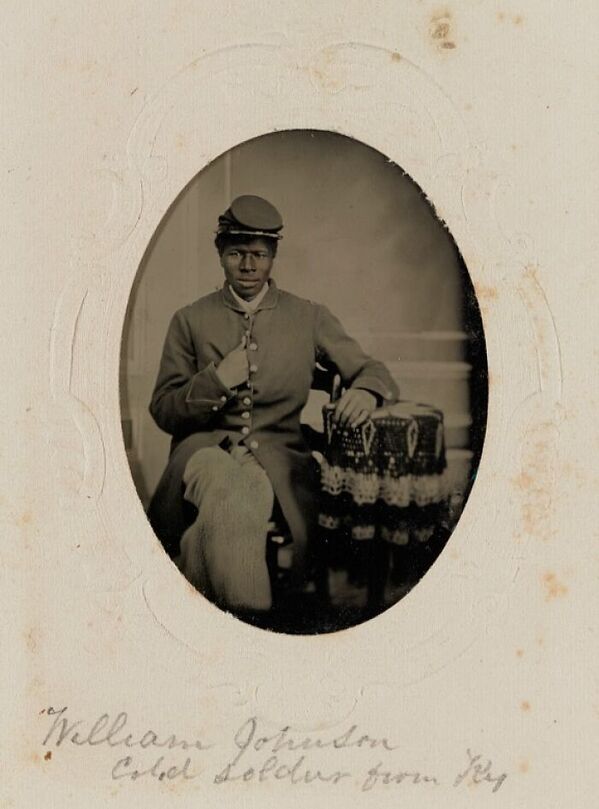
“African American presence in the military in this era grew through enlistment and servitude under officers. In the 1820s and 1830s, the navy also saw an increased number of African American sailors enlisting.
This was despite Southern attempts to limit their movements using the Negro Seaman Acts. According to reports, African Americans made up quite a large portion of the peacetime navy.”
25. “The 54th Massachusetts Infantry Regiment”
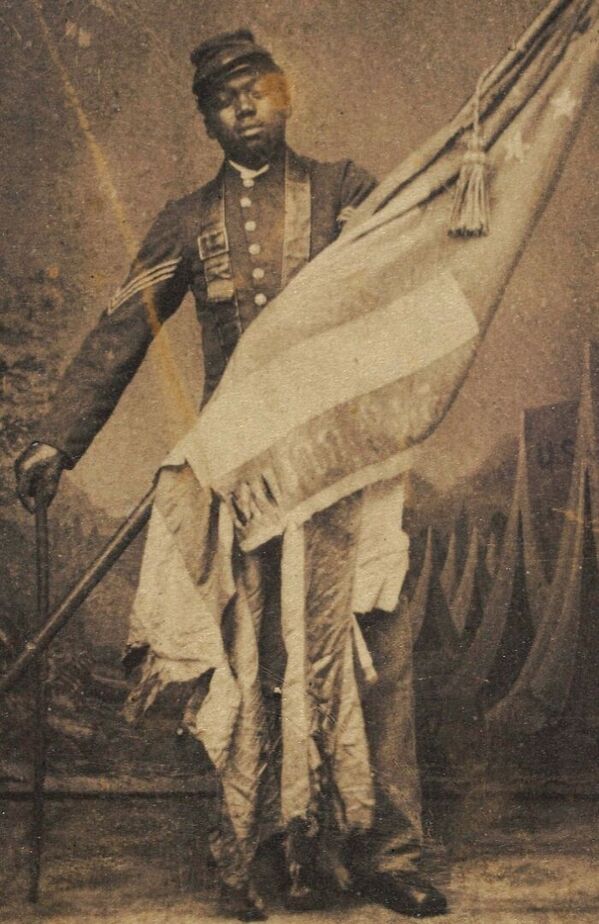
“The 54th Massachusetts Infantry Regiment paved the way for an additional 150 all-African American regiments raised during the Civil War. Authorized by the Emancipation Proclamation, the unit started recruiting and training in 1963. Despite suffering multiple casualties, the unit’s charge at Fort Wagner is one of history’s most notable war incidents due to the troops’ display of courage.”

